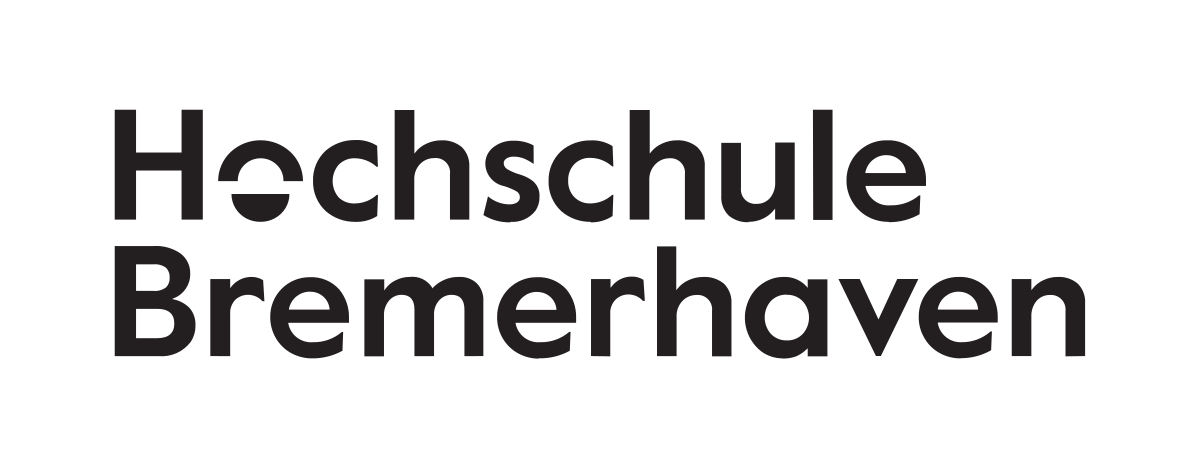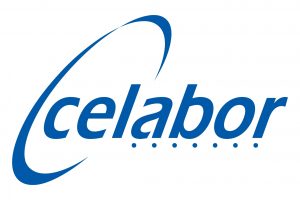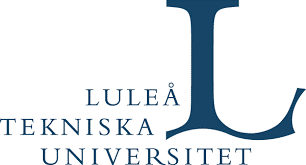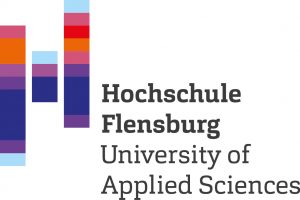Extraction of lignified halophytes by pressurized fluids
In the framework of the project, CELABOR is developing innovative processes to extract high valuable compounds from mature lignified halophyte crops such as lipids, carotenoids or polyphenols (mainly hydroxycinnamic acids). This first period of work was focused on Salicornia ramossissima grown in the fields of our Portuguese partner RIASEARCH.
At CELABOR facilities, we mainly worked on two eco-friendly technologies dealing pressurized solvents available at lab scale (to treat a few grams) and pilot scale (to treat a few kilograms), and which could also be upscaled to industrial scale :
- Supercritical CO2 extraction : This technology uses recycled CO2 (at a temperature higher than 31°C and 73 bars) as a green alternative to fossil apolar solvents (such as hexane or dichloromethane) to extract lipids and lipophilic high added value molecules (carotenoids, phytosterols,…).
- Subcritical water extraction : This technology deals with water at a higher temperature that its boiling point (usually between 100 and 200°C) and under a light pressure (20 bars max) to keep it under liquid state. Water is then a green alternative to polar organic solvents (methanol, ethanol, ethyl acetate,…) as some of its properties (viscosity, polarity, acidity,…) are modified.
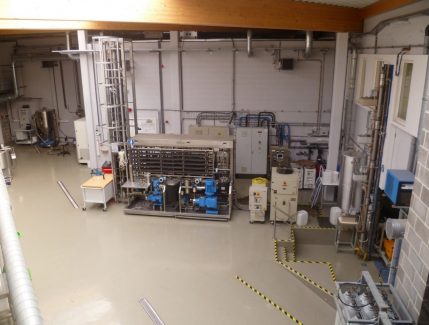
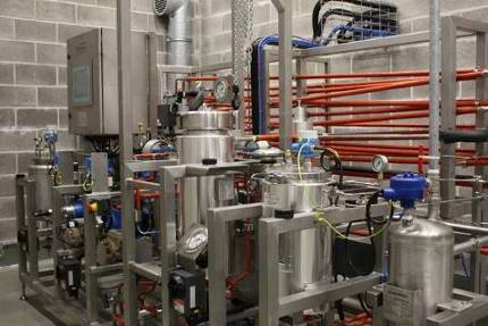
AQUACOMBINE : Extraction pilot plan by supercritical CO2 (left) and by subcritical water (right) at CELABOR facilities © CELABOR, Belgium
During the first trials on Salicornia ramossissima, we observed that the lipid content was very low in that species. Using CO2 at different temperatures, pressures and CO2 flows, we were able to optimize the yield of the extraction process (which remained below 1%) :
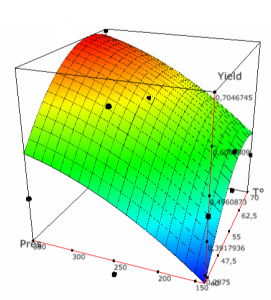
These first trials will help us a lot when other crops with a higher natural lipidic content will be considered.
Then, after a salt removal with water at room temperature, the delipidated material was extracted by subcritical water : 3 extraction cycles at 140°C were done on Salicornia ramossisima and after drying, it appeared that the colour of the resulting dried extract goes to white (salt removal) to brown.
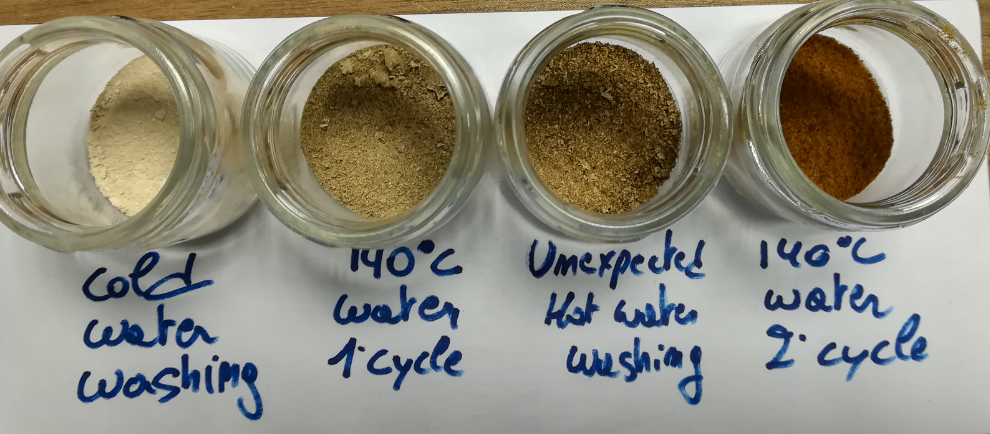
The global mass yield and the polyphenol recovery decreased with the cycle number meaning that the material is globally exhausted after the 2 first cycles. CELABOR managed to identify +/- 1 g of polyphenols / kg of material in the 3 extracts, with rosmarinic acid as the most abundant one.
Acknowledgement
This project has received funding from the European Union’s Horizon 2020 research and innovation programme under Grant Agreement No 862834. Any results of this project reflects only this consortium’s view and the European Commission is not responsible for any use that may be made of the information it contains.







